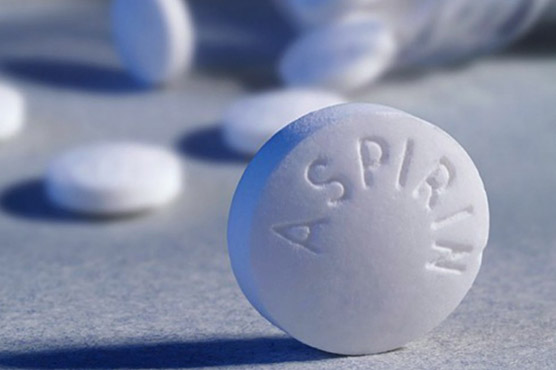Aspirin lowers heart attack risk but raises risk of dangerous bleeding

Aspirin has been associated with a 0.47 percent higher absolute risk of severe internal bleeding.
(Reuters Health) - People without heart disease who take a daily aspirin may lower their risk of a heart attack or stroke, but a new study confirms they also have an increased risk of severe internal bleeding.
U.S. doctors have long advised adults who haven’t had a heart attack or stroke but are at high risk for these events to take a daily aspirin pill, an approach known as primary prevention. Even though there’s clear evidence aspirin works for this purpose, many physicians and patients have been reluctant to follow the recommendations because of the risk of rare but potentially fatal internal bleeding.
For the current study, researchers examined data from 13 clinical trials testing the effects of aspirin against a placebo or no treatment in more than 164,000 adults.
People who took daily aspirin had a 0.38 percent lower absolute risk of heart attacks, strokes or deaths from cardiovascular events than people not taking this drug, researchers report in JAMA.
However, aspirin was also associated with a 0.47 percent higher absolute risk of severe internal bleeding.
“The results demonstrate that there are cardiovascular benefits, but that they are quite closely matched by increased risks of serious bleeding,” said lead study author Dr. Sean Zheng of King’s College London and Imperial College London.
“This seriously questions whether people who have not previously had heart attacks or strokes should be taking aspirin with the aim of reducing future cardiovascular events,” Zheng said by email.
Already, guidelines on aspirin for primary prevention of heart disease in the U.S., Europe and Australia have incorporated a need to balance the potential benefits against the risk of bleeding. For elderly people, who have a greater risk of bleeding than younger adults, the risks may be too great to recommend aspirin.
For adults 50 to 59 considering aspirin to prevent heart attacks and strokes, for example, the U.S Preventive Services Task Force (USPSTF) recommends the pill only for people who have at least a 10 percent risk of having a heart attack or stroke over the next decade and who don’t have a higher-than-average risk of bleeding.
People in the current study were 62 years old on average, and ranged in age from 53 to 74. Half of them were followed for at least five years in the smaller clinical trials used for the current analysis.
Aspirin wasn’t associated with a lower risk of premature deaths from all causes or from events like heart attacks and strokes in particular, the study found.
The pill was associated with a 15 percent lower risk of heart attacks and a 19 percent lower chance of ischemic strokes, the most common kind that happen when a clot blocks an artery carrying blood to the brain.
One limitation of the analysis is that the smaller clinical trials examined a variety of aspirin doses ranging from 50 to 500 milligrams, the study authors note. Doctors today typically don’t prescribe doses higher than 100 mg.
Still, the results reinforce the need for doctors and patients to have a thoughtful discussion of the benefits and harms of aspirin for primary prevention of heart attacks and strokes, Dr. Michael Gaziano of Brigham and Women’s Hospital in Boston writes in an accompanying editorial.
“Clinicians must consider other interventions in addition to aspirin, such as smoking cessation and control of blood pressure and lipid levels, to lower risk,” Gaziano writes.
“In places of the world in which cardiovascular disease risk is rising or where preventive strategies, such as statins, are less available, aspirin as a low-cost intervention may have a more important role,” Gaziano adds. “Aspirin remains an important medication for acute management of vascular events; for use after certain procedures; for secondary prevention” - that is, for preventing a second heart attack or stroke - “and, after careful selection of the right patients, for primary prevention.”


